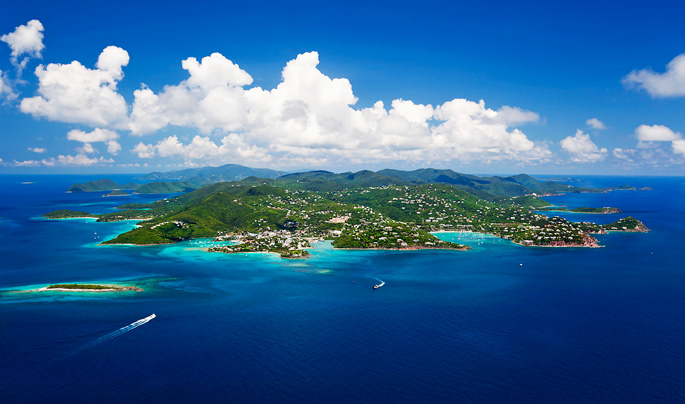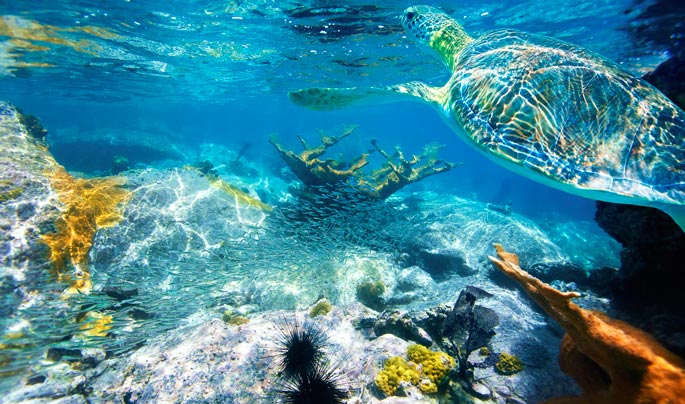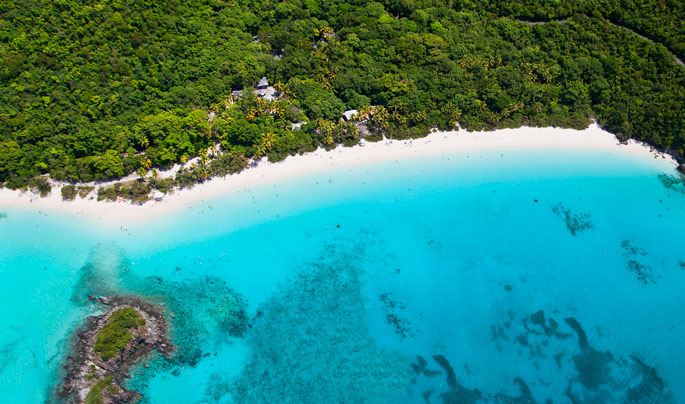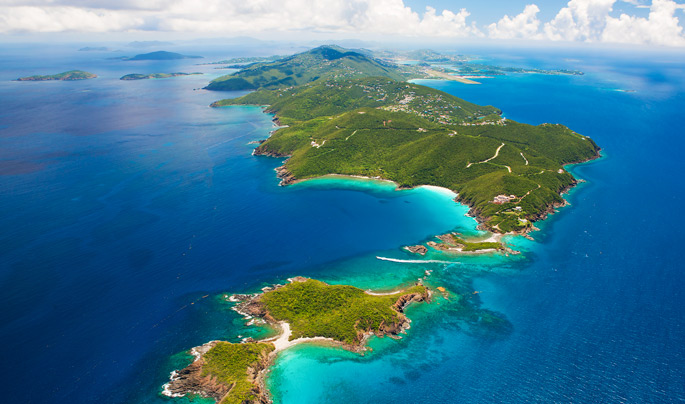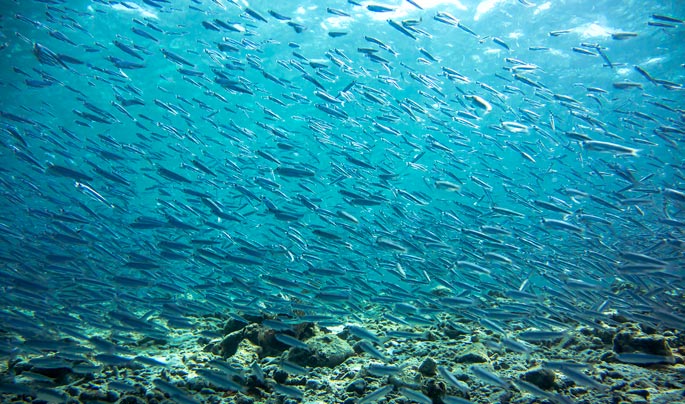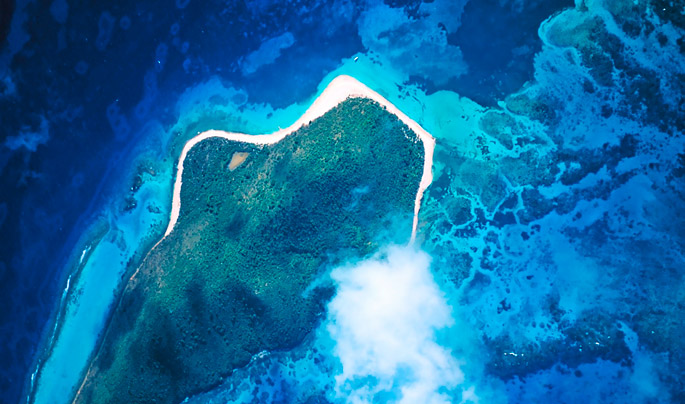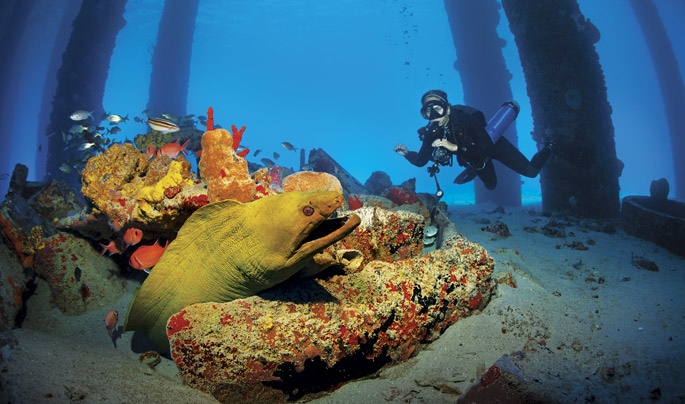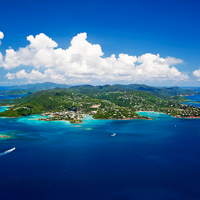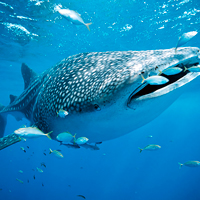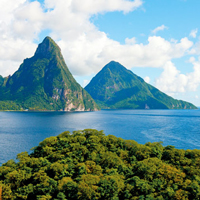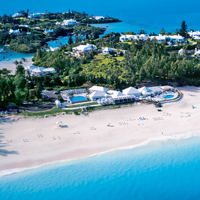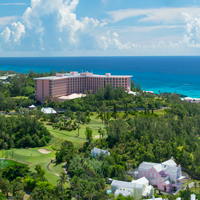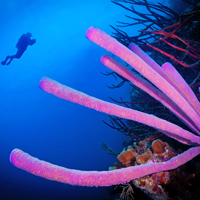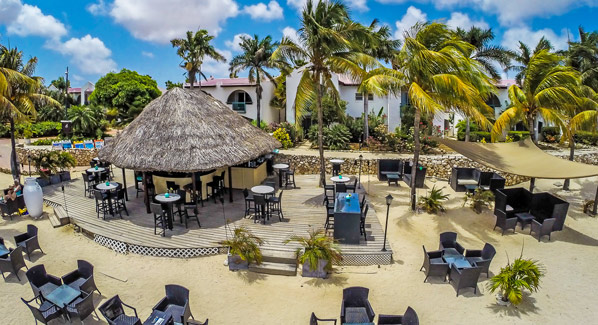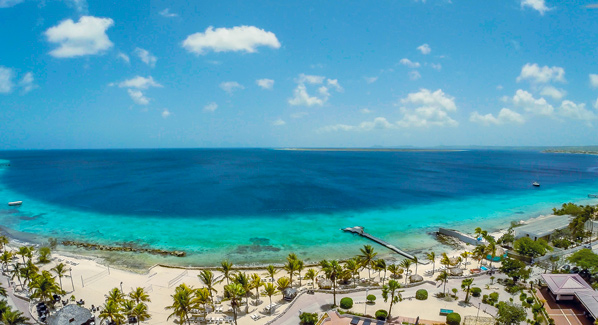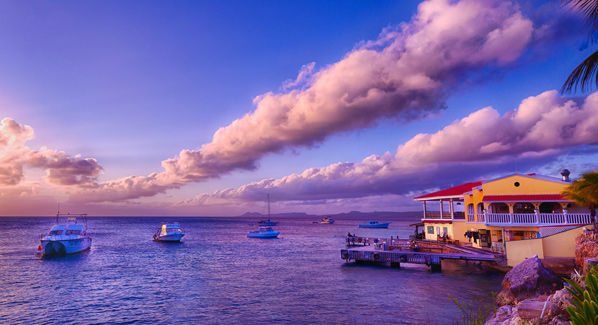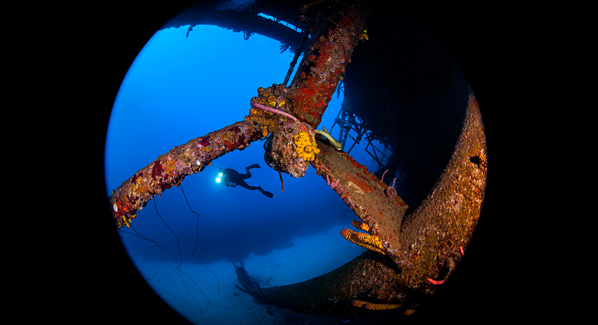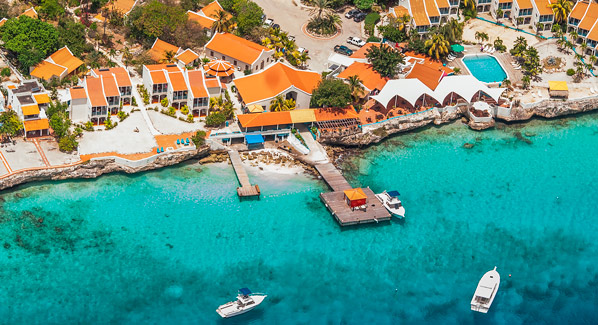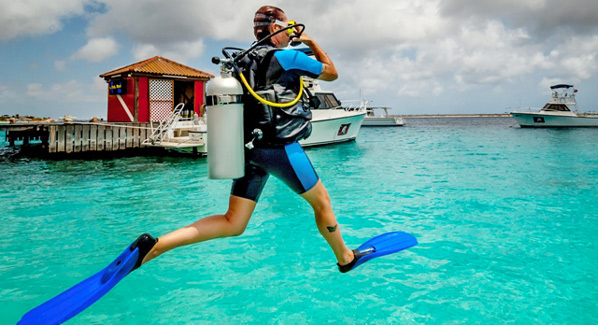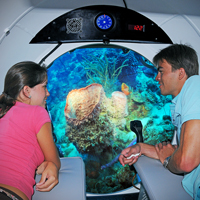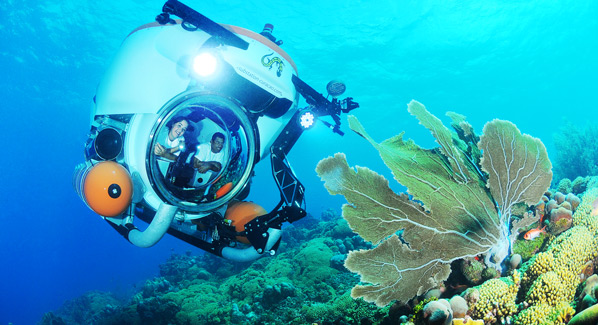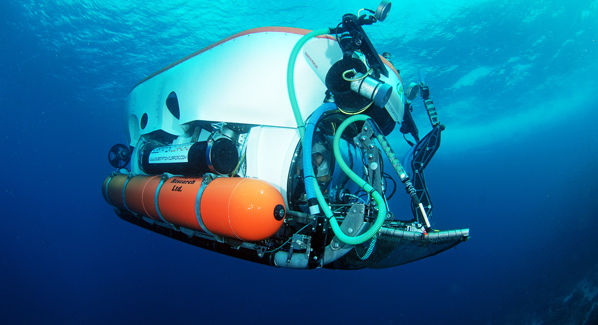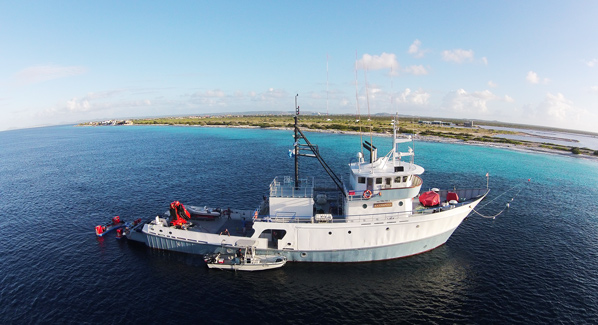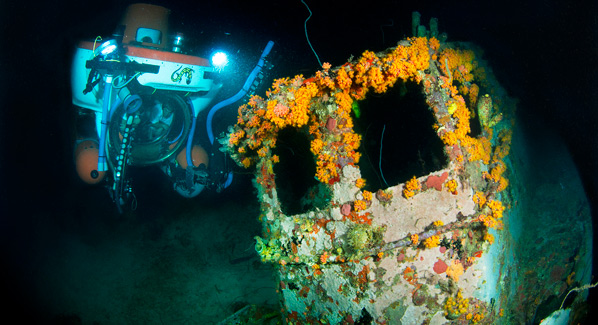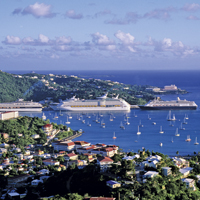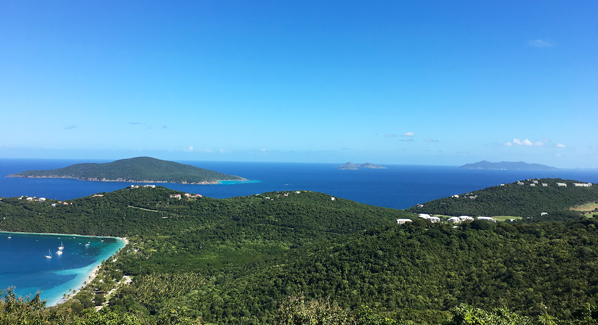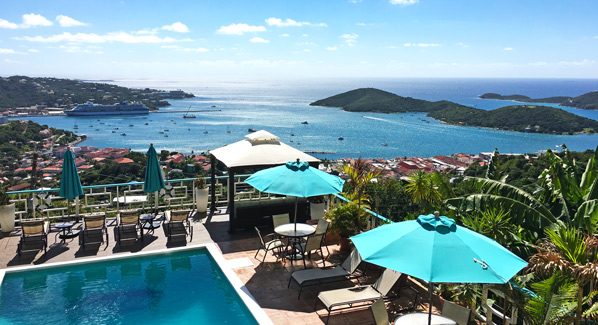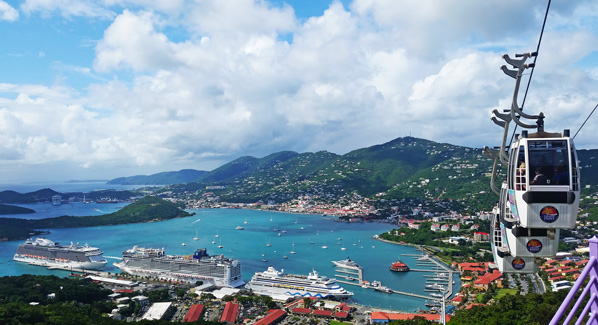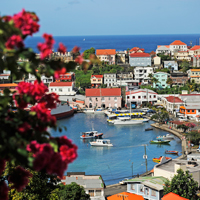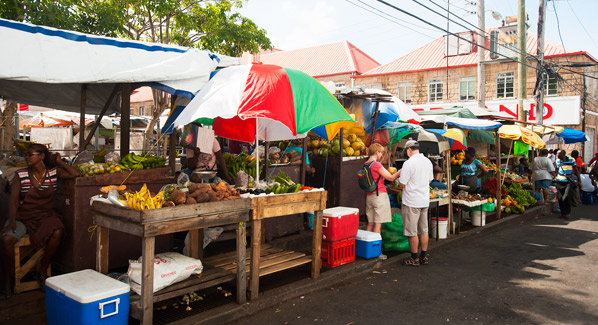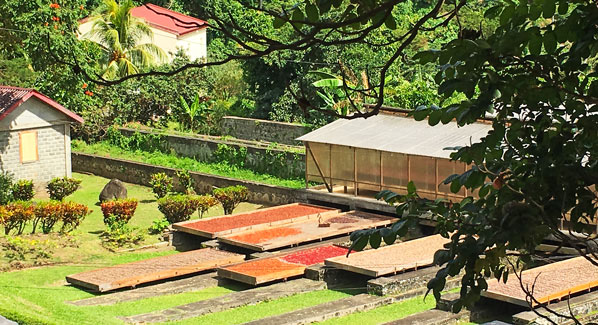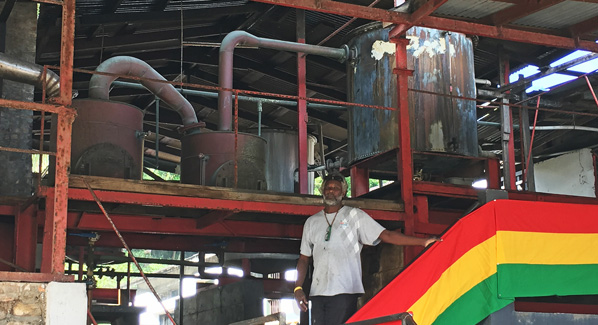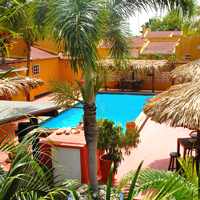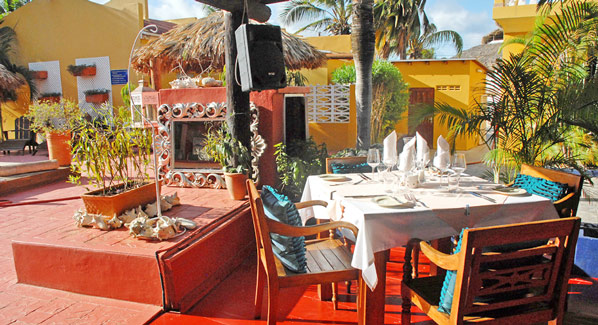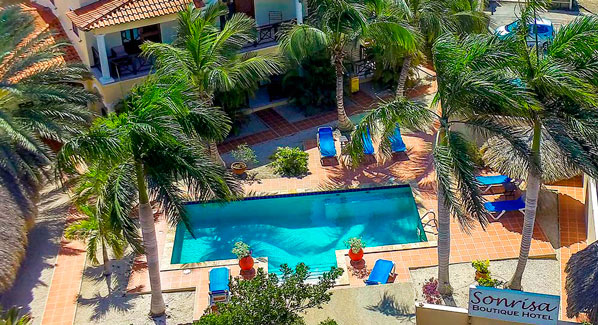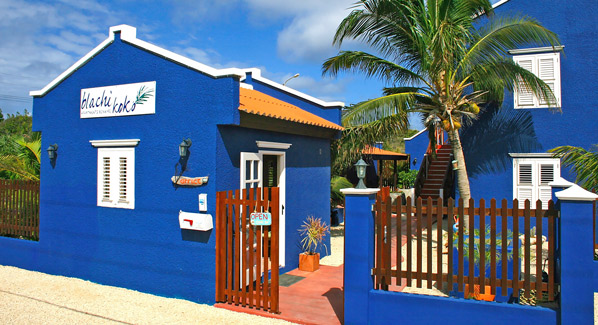Going on a Caribbean vacation shouldn’t be a guilty pleasure. And when you stay at a resort that displays the Green Globe seal, you are not only indulging yourself, but also casting a vote for eco- friendly and sustainable business practices. This international organization grants its blessings only to companies and organizations that are committed to making positive contributions to people and the planet, demonstrate a long-term commitment to sustainable practices, and pass a detailed audit. Here are seven prime resorts that pass muster.
Blue Horizons Garden Resort, Grenada
The owners of Blue Horizons went green to earn gold. The six-acre resort is tucked away on a hillside above Grand Anse Beach, with grounds and gardens planted with 9,500 indigenous plants and trees to create more than 250 new green spaces. This tree- planting initiative created a refuge for 27 species of tropical birds. The property operates on rainwater collection, solar water heating and gravity-fed water storage tanks. While recycling is high on the list, the staff also works to reduce initial consumption through the reusing of existing packaging when purchasing consumables, and an emphasis on sustainable seafood and local produce. This commitment to conservation has earned the resort Green Globe Certification for five years running, resulting in a coveted Gold membership status.
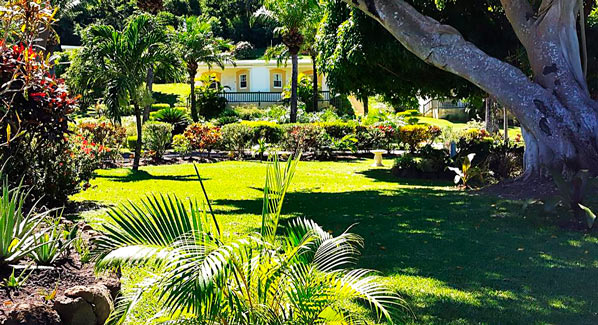
The owners of Grenada’s Blue Horizons resort planted thousands of native trees and bushes to create an attractive and eco- conscious habitat on a hillside above Grand Anse Beach. Photo: Blue Horizons
Rosewood Tucker’s Point, Bermuda
Water is a precious commodity on the island of Bermuda. To keep the fluid flowing in a responsible and sustainable manner, the management of Tucker’s Point invested in a million dollar green initiative that includes a rainwater collection system, solar water heating and a seawater reverse osmosis plant. All water discharges run through a proprietary water treatment plant and then held in a two million gallon pond that is used to irrigate the golf course. The grounds provide a natural habitat for nesting Bermuda bluebirds; the kitchen harvests herbs from onsite gardens; and all kitchen oil is collected and refined for use as alternative fuel around the property. This dedication to sustainable operation earned the resort the Green Globe Certification in 2012, and it remains the only property in Bermuda to hold these credentials.
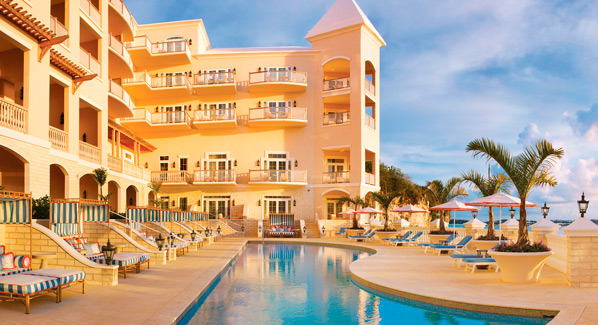
Rather than tap Bermuda’s limited municipal water supply, the Tucker’s Point resort operates a reverse osmosis plant that produces up to 50,000 gallons of fresh water a day. Photo: Tucker’s Point
Bucuti & Tara Beach Resort, Aruba
Bucuti & Tara Beach Resort’s 14-acre stretch of white sand is among the Caribbean’s top beaches, and the property has been named as one of the most sustainable hotels in the world. Bucuti has earned Green Globe Platinum status, and is on track to become the first carbon neutral resort in the Caribbean. By coupling an on-site photovoltaic solar panel system to the power grid, the resort operates on 47 percent clean energy, and maintains the lowest per-occupied-room electricity usage of all hotels in Aruba. Local sourcing further reduces the property’s carbon footprint, and the use of biodegradable materials practically eliminates the use of plastic. Guests are gifted with reusable water bottles and are invited to participate in the monthly beach cleanup hosted by the resort. Since it began 20 years ago, this program removes on average 500 pounds of waste from Aruba’s beaches each year.
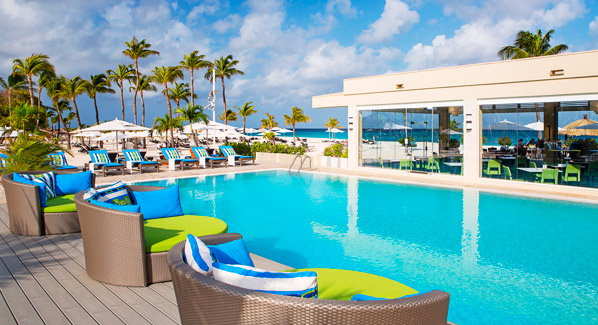
The luxurious pool deck at Aruba’s Bucuti & Tara Beach Resort is proof that going green doesn’t have to mean giving up resort amenities. Photo: Bucuti Beach Resort
Le Guanihani, St. Barts
Long revered for its spectacular natural setting, in 2017 Le Guanihani became the first resort on St. Barts to earn Green Globe Certification. This honor was the result of a five-year program that encompassed a sweeping range of initiatives designed to both limit the property’s environmental impact, and to effect positive changes to the surrounding ecosystems. Among these programs were the switch to low energy lighting, low- carbon products and selective waste sorting. Water produced from reverse osmosis is recycled for irrigation use through a grey water system, and the resort actively offsets carbon emissions. The 18-acre grounds are maintained in a natural condition, and efforts are made to protect indigenous plants and animals. The resort has also pledged to support the 2,500-acre marine park that surrounds the peninsula, and supports local artisanal fishermen.
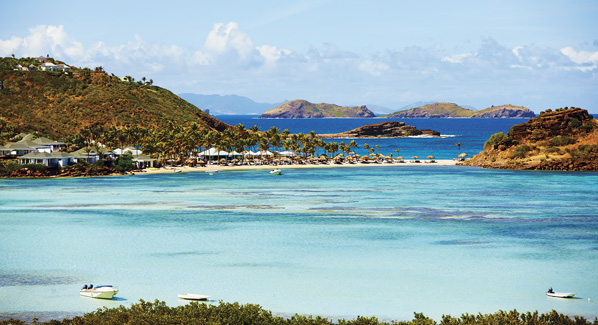
Set between Marigot Bay and Grand Cul de Sac, the eco-friendly grounds of Le Guanihani spread over 18 tropical acres straddling a peninsula with two beaches. Photo: Le Guanihani
Hermitage Bay, Antigua
From the onset, the grounds of Hermitage Bay were designed to blend into Antigua’s natural surroundings. This began with a non- invasive approach to site clearing that retained the original coastal mangrove ecosystem, and the use of sustainable building materials for each of the resort’s 27 cottage suites. The on-site organic gardens provide much of the herbs, fruits and vegetables used in the kitchen, which also supports local farmers and fishermen to provide guests with an authentic farm-to-plate experience. To reduce electrical demands, each cottage was designed and positioned to take advantage of trade winds, reducing or eliminating the need for air conditioning. Water is distributed by solar energy, and a grey water system sustains the gardens.
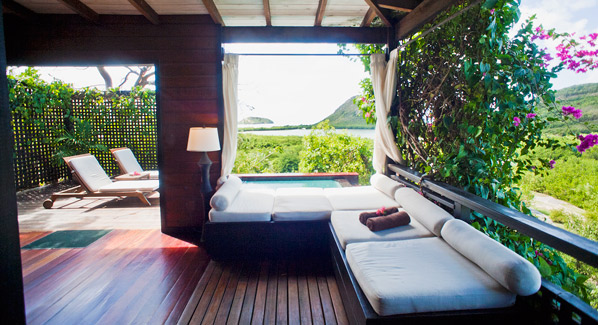
Rooms at Antigua’s Hermitage Bay resort were designed to take advantage of the sites natural airflow, and guests are often able to forgo air conditioning in favor of sea breezes. Photo: Hermitage Bay
Caribe Hilton, San Juan, Puerto Rico
Situated at the entrance to Old San Juan, with the 17th century San Geronimo Fort just steps away, the Caribe Hilton takes its green initiatives seriously, and incorporates sustainable practices into the everyday operation of the hotel. The extensive recycling program includes plastic, aluminum, paper from the offices, metal hangers, alkaline batteries, frying oil, cell phones, cartons and more. Earth-friendly products are used in cleaning; leftover food goes to a homeless shelter and food waste to a local pig farm. As a member of the Hilton Family Hotels, the group is committed to reducing energy consumption and lowering CO2 emissions. Local initiatives supported by the hotel include beach cleaning, mangrove restoration and tree planting.
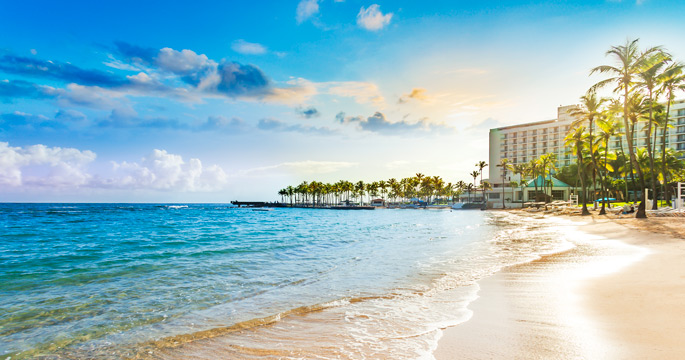
The Caribe Hilton has a comprehensive recycling and employs a range of energy saving technologies that don’t compromise the guest experience. Photo: Caribe Hilton
Jamaica Inn, Ocho Rios, Jamaica
The Green Globe team awarded the Jamaica Inn high marks for their commitment to creating eco-friendly and eco-aware programs that engage both staff and guests. Each year, the resort’s pristine crescent of beach and nearby Oracabessa Beach are the site of the Sea Turtle Recovery Program, which protects hundreds of nesting sites and releases thousands of hatchling hawksbill turtles into the sea. Earth Day brings tree planting throughout the property, with the goal of creating new wildlife habitat. On the conservation front, Jamaica Inn recently added solar panels, a recycling initiative, and an onsite composting system that repurposes food scraps to the garden. Flowers used throughout the hotel are grown at the on-site greenhouse.
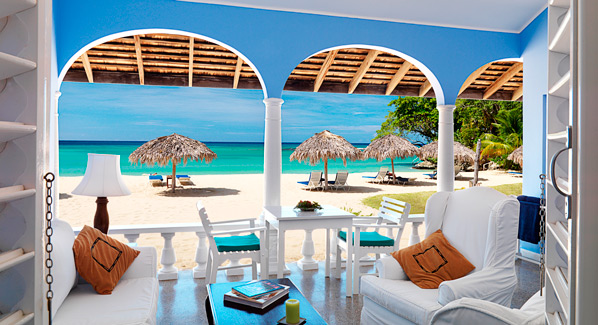
Guests at the Jamaica Inn share a pristine beach with seasonal arrivals of nesting sea turtles. A resort sponsored program helps release thousands of hatchlings into the sea. Photo: Jamaica Inn

